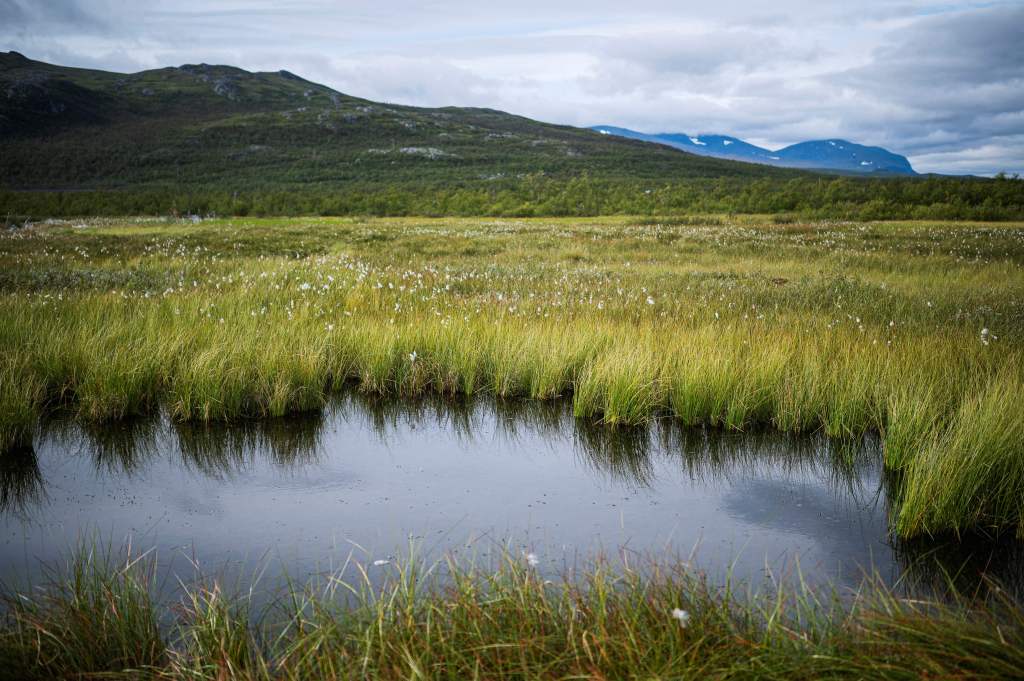Scientists revive ‘zombie viruses’ from permafrost that can infect cells
New research from a group of international climate scientists shows that so-called “zombie viruses” once revived, can infect amoeba cells.
The study, published in the open journal Viruses, looked at more than a dozen new viruses isolated from seven permafrost samples from ancient Siberia.
The research built upon previous studies from the past decade that showed a virus – in some cases tens of thousands of years old – could be infectious once revived.
Researchers from France, Russia, and Germany discovered, through radiocarbon dating of the permafrost, that the viruses had been in a dormant state between 27,000 and 48,500 years.
Permafrost is a frozen layer of soil widely found on land and below the ocean floor, particularly in areas where temperatures rarely rise above freezing. It is estimated that around one-quarter of the Northern Hemisphere is covered by permafrost.
Research has shown permafrost to be an excellent preservative. But scientists worry that as the planet gradually warms and the permafrost melts, viruses capable of infecting humans will emerge.
“This rapid permafrost thaw causes mobilization of ancient organic matter previously preserved for millennia in permafrost deep layers, a phenomenon most visible in Siberia, where deep continuous permafrost underlays most of the North Eastern territories,” the researchers noted.

Another consequence of melting permafrost, the researchers add, will release organic matter frozen for up to a million years, most of which decomposes into carbon dioxide and methane, further enhancing the greenhouse gas effect.
Read the full article Here


